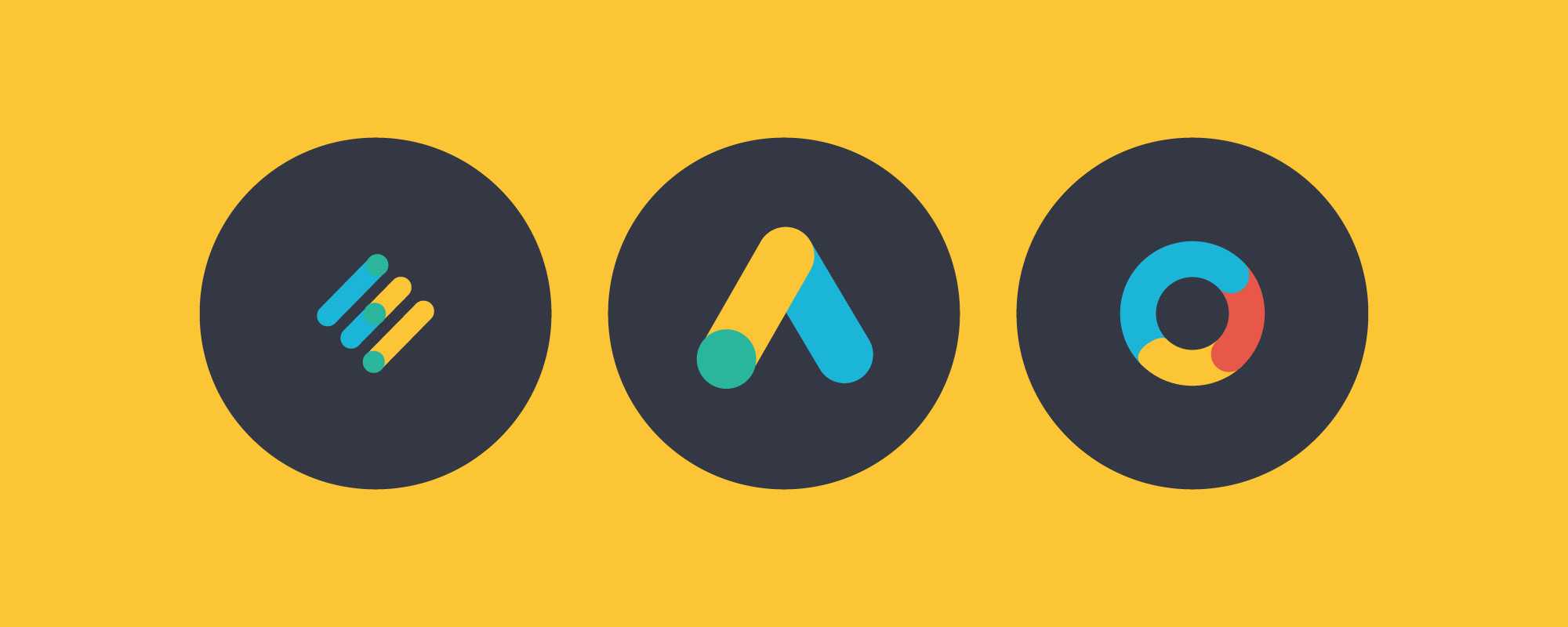What’s the Difference Between Google’s 3 Advertising Brands?

If you’ve worked in digital marketing, then you should know a thing a two about the artist formerly known as Google AdWords. It was an all-encompassing platform for digital marketers to reach out to customers through display ads, search ads, video ads, and more. As screens, channels, and formats expanded, so did AdWords.
Of course, Google constantly comes out with updates to keep up with the ever-changing digital landscape. A few months ago, they announced the end of AdWords and the introduction of new brands: Google Ads, Google Marketing Platform, and Ad Manager.
In short, these three ad brands are consolidated versions of all the important tools digital marketers need to successfully advertise with Google. But what are the differences between the new brands? Read on.
1. Google Ads
Google Ads is Google’s online advertising service. Marketers pay to direct users to their desired webpages using a PPC or Pay-Per-Click system.
The once-familiar name Google AdWords underwent a rebrand and is now Google Ads. The Google Ads platform contains everything AdWords had and then some.
A recommendations engine, custom dashboards, predefined reports, and enhanced demographic targeting are just a few enhancements. If you’re interested in the details, check out this article from Search Engine Land.
2. Google Marketing Platform
Introduced in late June 2018, Google announced the Google Marketing Platform – the solution to cross-channel marketing. The Google Marketing Platform brings together the best of DoubleClick advertiser products and the Google Analytics 360 Suite. It also integrates third-party measurement tools along with its own products.
The integration of these tools into one brand helps digital marketers reach a wider variety of platforms. This single platform brings together the act of planning, buying, measuring, and optimizing digital media in one place. Google Marketing Platform incorporates many tools that help marketers understand customer behavior.
Within the Google Marketing Platform, Google has announced Search Ads 360 and Display & Video 360. These advertising products bring features from DoubleClick Bid Manager, Campaign Manager, Studio and Audience Center together.
3. Ad Manager
The third unified platform Google has introduced is Google Ad Manager. Ad Manager merges DoubleClick Ad Exchange and DoubleClick for Publishers, enabling a seamless product for advertisers to reach customers on different platforms.
This ad serving platform helps companies grow ad revenue and protect their brand. The Ad Manager platform offers tools to grow your business by tracking and earning money more efficiently.
Google’s focus on building programmatic solutions into one product provides a framework for users to maximize their yield across the market. Ad Manager will also help publishers monetize ads on new platforms like live streams, gaming sites, YouTube, Apple News, and more.
Having trouble keeping up with all the Google updates?
Don’t stress over all the changes. Let the experts take over your paid search account.

Kyle Peterson loves the Chicago Cubs, the Chicago Bears, and all sports teams Purdue. He’s from Vernon Hills, IL and is a rising senior at Purdue University, so it all adds up. He hopes to one day visit all seven continents and feed a monkey.
